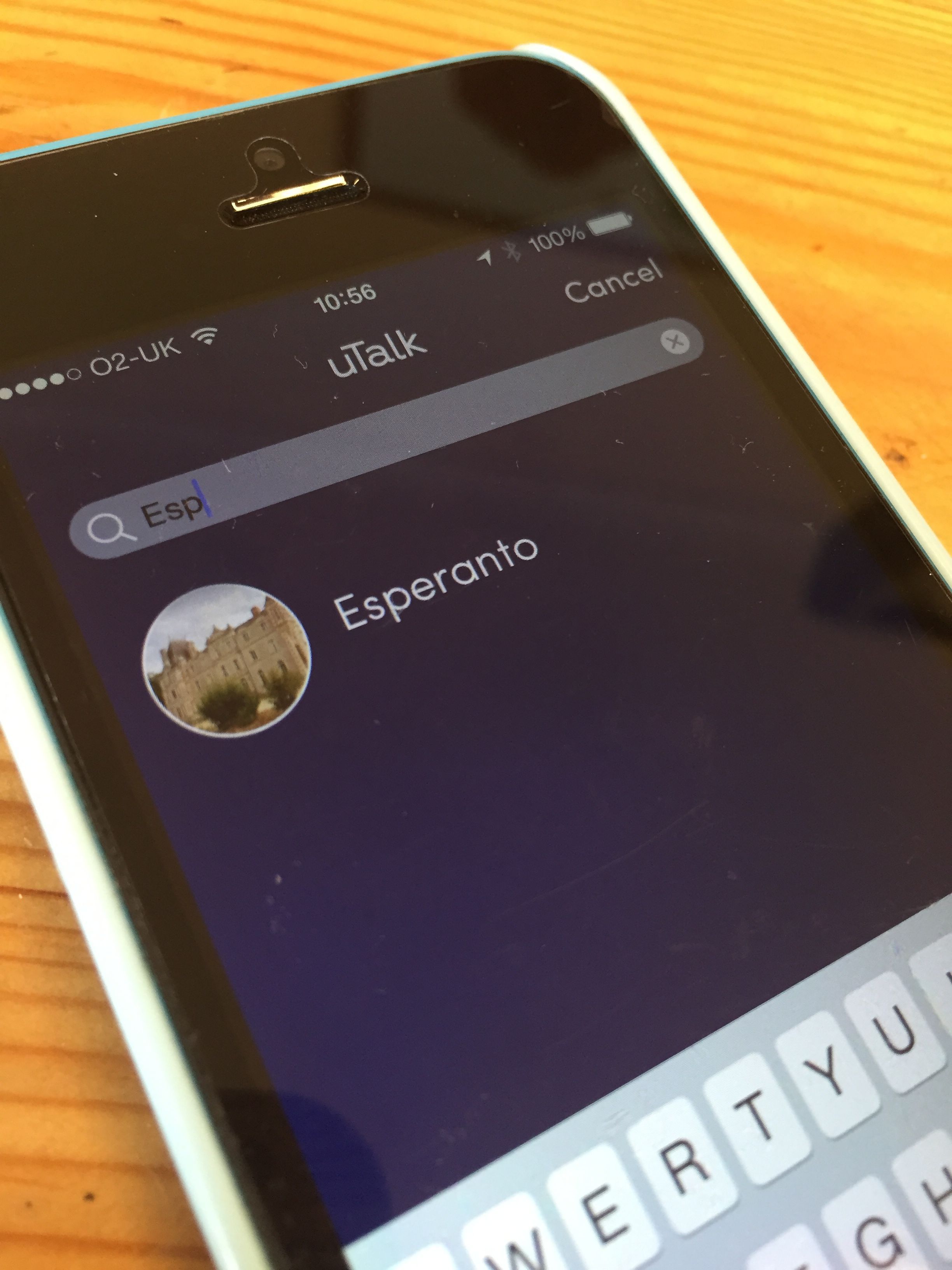Destination: Hanoi, Vietnam
As the warm season is slowly approaching, our minds are starting to wander off to far away places, where we can explore, relax and have some adventures. We did some research (purely for selfless reasons, obviously) and found some great places that seem to be becoming more and more popular as holiday destinations. Over the next few weeks we’ll be giving you our thoughts about each of these amazing places.
Destination: Hanoi, Vietnam
An online friend of mine, Loes, lived there for a while and she was kind enough to share her local experience with us.
Old quarter is very nice! I suggest going in early morning. In the area there’s also an authentic market and it’s not too crowded. There are a lot of nice shopping places, mainly around the cathedral.
They have really good food there, my favorite is bun cha (only eat it at a restaurant that serves nothing else than bun cha, you can get it between 11-12:30 or so), then there is bun bo nam bo, nem (spring rolls) and apparently the best coffee in the world though I can’t vouch for this because I don’t drink coffee. But the cha da (literally tea ice) is pretty good, and the fresh fruit smoothie too!
At the lakes Trúc Bạch and Tây Hồ is also very nice, there you can get bo bia (a very nice coconut snack) and go for a walk or cycle on a water cycle.
Ha Long Bay is amazing! That’s a day or two-day trip from Hanoi. I think it’s around 4 hours to drive there.
Tam Coc, is a beautiful place also known as Ha Long on land. It’s also a day trip from Hanoi. You can rent a cycle there and cycle through the rice fields. Cúc Phương is also super cool, it’s a wild national park. I would combine that one with Tam Coc, two day motorbike trip. Very nice!
There are also some very nice food markets to go to, Chợ hôm and one close to Trúc Bạch lake, not too busy. The Vietnamese street food is known to be one of the safest street eating places in the world, everything is fresh so don’t be shy in trying everything you find appealing!
Needless to say this got us thinking about booking a flight to Hanoi ASAP. If you’ve been inspired too, don’t forget to install uTalk before you go, it’ll help you get along with the friendly locals in all the situations that you could need to speak their language! If you want to see my friend Loes’s pictures of Vietnam you can check them out here.
Ioana
Why learn Esperanto?
Saluton! Mia nomo estas Nat, kaj mi lernas Esperanton.
Whilst others jet-set away to sunny beaches and tropical climes this summer, my plans are slightly more academic. I will be learning Esperanto. OK, I’ll take a break too, but I’m really excited about my summer goal, and I’m hoping to achieve it within two months.
What, Why, How?
All good questions. Let’s start with ‘What’.
What is Esperanto?
Esperanto is a language invented by Ludwig Zamenhof, whose idea was to create an international, apolitical language which is very, very (very) easy to learn. Since its creation in the 1880s, it’s seen surges and declines in popularity, and is currently spoken by up to two million speakers, and – quite amazingly – up to 2,000 native speakers. Esperantists place a heavy emphasis on how speaking and engaging with Esperanto makes people operate on an equal footing, and can open up communication opportunities all over the world.
Why learn Esperanto?
 So why learn it? Unlike with other languages, you don’t have the goal of going to the target country to finally try out some of your new Esperanto phrases. There is no Esperanto country, of course. But Esperantists tend to be incredibly friendly and welcoming to those who learn the language, making it easy to find conversation partners or groups, especially in the age of the internet. Esperantists even have their own ‘Passport Service’, by which travelling Esperantists can find locals who are willing to open their houses up to fellow speakers, making it easy to travel abroad and widen your Esperantist community.
So why learn it? Unlike with other languages, you don’t have the goal of going to the target country to finally try out some of your new Esperanto phrases. There is no Esperanto country, of course. But Esperantists tend to be incredibly friendly and welcoming to those who learn the language, making it easy to find conversation partners or groups, especially in the age of the internet. Esperantists even have their own ‘Passport Service’, by which travelling Esperantists can find locals who are willing to open their houses up to fellow speakers, making it easy to travel abroad and widen your Esperantist community.
Personally, I’m mostly in it out of fascination. I’ve heard how easy it is to learn and I want to see for myself how much I can achieve in two months. During our uTalk Esperanto recording, I picked up a couple of the basics and they’ve stuck with me, which has encouraged me to think that I might be able to pick up a lot more fairly quickly.
I’m also interested in the application of Esperanto, beyond just learning it for personal enjoyment. Because the language is so simple (just 16 grammar rules!) and completely regular (yes, completely!), it can be effectively used as a bridge language between communities who otherwise might struggle to communicate. It’s also been trialled extensively in primary schools, where the logic goes that teaching Esperanto enables children to get to a very high language standard very quickly, so that they can start being creative in a foreign language early on. They can then transfer the skills over to other languages they study later: effectively, they have not just learnt Esperanto, but learnt how to learn a language. And done it without the chronic frustration of trying to remember how the irregular past participle should be formed, which taints most people’s memories of school-day French and makes them feel, even as adults, that they ‘cannot’ learn a language. Instead, children can chatter away with relative fluency, experiencing the liberation of communicating in another tongue at a really young age. To learn more, watch this video:
I also like the sound of it. To me, Esperanto has a slightly Eastern European tinge, with a mish-mash of vocabulary which I can sometimes recognise from other languages. Already, as an English speaker, I am familiar with the following basic words:
Jes (Yes)
trajno (train)
Mi lernas (I learn)
boato (boat)
fiŝo (fish)
And from other languages, I recognise:
Dankon (Thanks)
fermita (closed)
ombro (shade)
glacio (ice)
Where am I starting from?
I’m a total beginner: I haven’t ever picked up an Esperanto book, and I don’t own one. However, from my interaction with our Esperanto voiceover artists and translators, I have picked up a few things which in other languages would take me weeks of effort. So I feel like I’m starting from an advantage. What I know is this:
Adjectives
Always end in an -a. To form the opposite of the adjective, you just add ‘mal-‘ in front of it. So:
Granda – big
Malgranda – small
Fermita – closed
Malfermita – open
Vera – true
Malvera – false
Nouns
Always end in -o. Always! To form the feminine, you just add ‘-in-‘ before the final ‘o‘:
turisto – turistino
aktoro – aktorino
kantisto – kantistino
Verbs
‘mi‘ is ‘I’, ‘ŝi‘ is ‘she’, ‘li‘ is he’, ‘vi‘ is ‘you’, and present tense verbs always end in ‘-as‘. So:
Mi lernas – I learn
Li lernas – he learns
Vi lernas – you learn.
How will I learn?
By any means possible. Not coincidentally, uTalk Esperanto has just been released, and that’s going to help me hugely with pronunciation and vocabulary. I’ve also got Katalin Kováts’ Poŝamiko (‘Pocket friend’), a book to guide me on the basics, and then all of the resources listed at http://en.lernu.net/ – more than enough to keep me going for the next few months. After that, who knows – perhaps some conversation classes?
Wish me luck!
Nat
If you’d like to join Nat in learning Esperanto, download uTalk from the App Store to get started!
Where should you spend your next holiday?
Summer’s here! If you’re trying to decide where to head off on holiday, we have the answer. Try our quiz to find out your ideal destination… Did you get the answer you expected?


